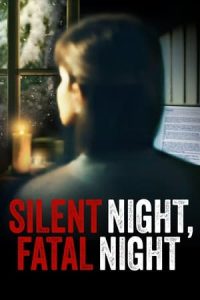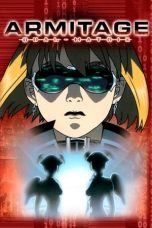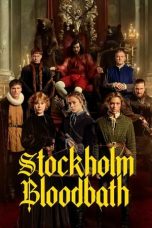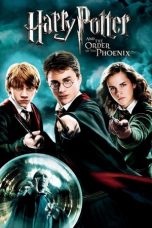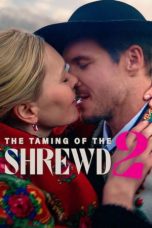- 1
- 2
- Source: Oh Dear! What Can the Matter Be?
- Saosin
- Holokaus
- X Factor Indonesia (musim 2)
- Pertunjukan Beyond Live
- Meghan Trainor
- Daftar seri drama orisinal GMA Network
- Oh Dear! What Can the Matter Be?
- So Long at the Fair
- The New Folk Sound of Terry Callier
- Caroline Birley
- Felix Swinstead
- Julie and Carol at Carnegie Hall
- Lita Roza
- List of nursery rhymes
- Wee Sing
- My Very Favourite Nursery Rhymes
Ballerina (2023)
Harry Potter and the Order of the Phoenix (2007)
Prisoners (2013)
No More Posts Available.
No more pages to load.
"Oh, Dear! What Can the Matter Be?", also known as "Johnny's So Long at the Fair" is a traditional nursery rhyme that can be traced back as far as the 1770s in England. There are several variations on its lyrics. It has Roud Number 1279.
History
The Oxford Dictionary of Nursery Rhymes by Iona and Peter Opie traces this song back to an earlier folk ballad, recorded between 1770 and 1780, whose lyrics are:
Tune
The tune was first published in British Lyre, or Muses' Repository (1792), and two years later in the James Evan's Ladies Memorandum for 1794. Older versions are likely to have existed, perhaps in 9/8 time rather than the usual 6/8. There are records of it being used as a popular duet by Samuel Harrison and his wife, the soprano Miss Cantelo, from 1776.
Lyrics
The following are given as the traditional lyrics (being chorus and verse) in Cuddon's and Preston's A Dictionary of Literary Terms and Literary Theory:
Cohen's Folk Music gives a different version of the lyrics:
Raph's American Song Treasury uses the traditional lyrics and adds a second verse:
Raph dates this version of the song to 1795, and notes that while it has been popular in the United States for over 200 years, having made its way across the Atlantic shortly after American Independence, it is really English, having achieved widespread popularity in England around 1792, from being performed as a duet at Samuel Harrison concerts. It was performed in concerts in New York and Philadelphia within a decade of arriving in the U.S.
The Oxford Dictionary of Nursery Rhymes dates the song to a manuscript compiled some time between 1770 and 1780. Chappell's Popular Music dates the song to 1792, when it was first published as sheet music. The notes by Stenhouse in the second volume of Johnson's Scots Musical Museum record a concurrent Anglo-Scottish publication.
Parodies
The song has been parodied several times, the best known of which is the American bawdy song "Seven Old Ladies", sung to the same tune but with different lyrics. Here are the chorus and the first two verses, of seven, as published in Ed Cray's The Erotic Muse:
One suggested precursor to the bawdy song, recorded in William's Upper Thames collection is the following "old morris fragment":
As with many folk songs and tall tales each verse exaggerates one common trait (one so thin she falls through a knot-hole). Suggested alternate lyrics include:
"Seven Old Ladies" was not the first parody, however. Long before that parody, the song had been parodied for political purposes. One such parody can be found in the Wisconsin State Journal of 1 March 1864. It was written to exhort parents, who during the U.S. Civil War had not taken much interest in public schooling in Madison, to visit the schools of their children. Its lyrics were:
The Kidsongs Kids also made a version of the song called "Oh Dear, What Should the Color Be?" for their video "Play-Along Songs", about an artist named Pierre not knowing what colors to use for his painting of horses on a carousel.
References
Further reading
Wu Qianzi (1989). ""Love of Mankind" in Wordsworth's Lyrical Ballads". In Wang Zuoliang (ed.). Wen Yuan : Studies in Language, Literature and Culture. Beijing: Foreign Language Teaching and Research Press. p. 31.
External links
Frank Petersohn (30 January 2000). "Johnny's so long at the fair" (MIDI). Nursery Rhymes & Children's Songs. — the traditional tune for the songs
